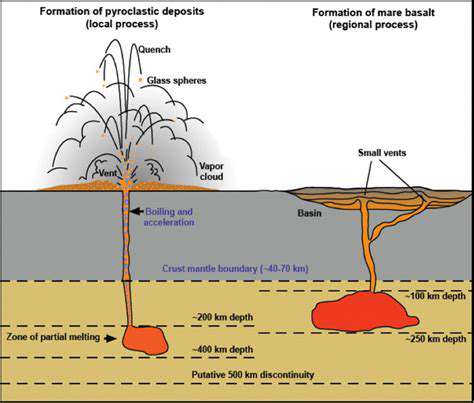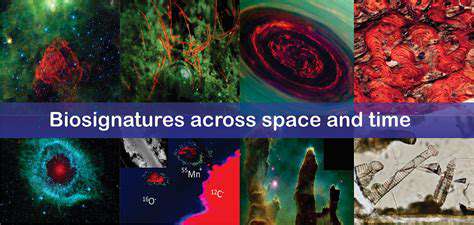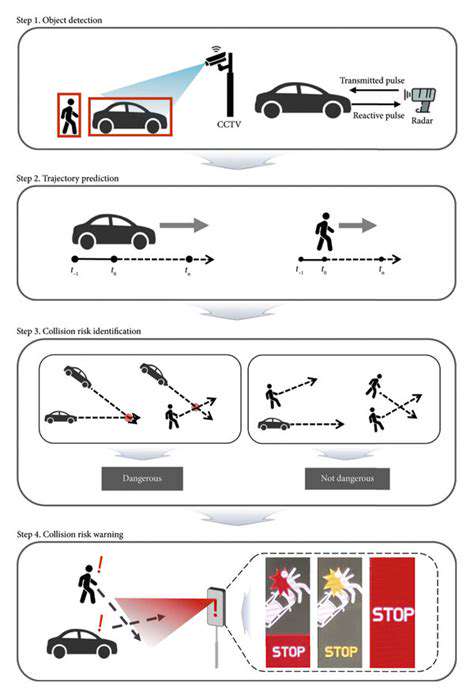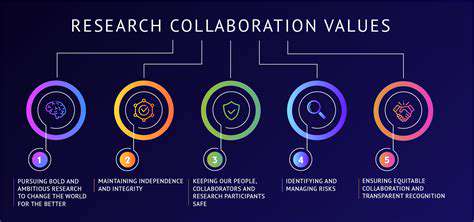Ground stations are crucial components of the lunar communication infrastructure, acting as the primary link between Earth-based control centers and spacecraft orbiting or landing on the Moon. These stations, strategically positioned across the globe, receive and transmit data, commands, and telemetry to and from lunar missions. Their design and location are critical for ensuring reliable and consistent communication, overcoming the significant distance and potential signal interference. Precise tracking of the Moon's position relative to Earth is essential to maintain optimal communication links.
Sophisticated antennas and receivers are used to capture and decode the weak signals originating from the lunar surface or orbiting spacecraft. The antennas are often large parabolic dishes, optimized for high-frequency radio waves. Advanced signal processing techniques are employed to minimize noise and interference, ensuring clear communication channels. Furthermore, the ground stations are equipped with powerful computers and communication networks to handle the vast amounts of data exchanged during lunar missions.
Earth-Moon Links: Bridging the Cosmic Gap
The Earth-Moon link is the fundamental communication pathway that enables us to interact with lunar missions. This link is not a simple point-to-point connection; it's a complex system of radio waves traveling through the vacuum of space, subject to various factors such as atmospheric conditions on Earth, solar activity, and the Moon's orbital position. Maintaining a stable and reliable communication link is a significant technological challenge that requires meticulous planning and advanced engineering.
The distance between Earth and the Moon introduces inherent propagation delays. These delays, while relatively small compared to the vastness of space, can still impact the responsiveness and efficiency of mission control. Consequently, advanced communication protocols are designed to account for these delays and to ensure that commands are executed promptly and effectively. The signals transmitted and received must be robust enough to withstand the harsh space environment and maintain data integrity throughout the journey.
Lunar Network Infrastructure: Enabling Space Exploration
A robust lunar network infrastructure is essential for supporting the increasing complexity of lunar missions. This infrastructure not only enables communication between Earth and the Moon but also facilitates internal communication between different spacecraft, rovers, and landers. Such a network must be designed for high data throughput, reliability, and security. As lunar missions evolve, the need for more sophisticated communication networks will only increase.
The development of a lunar network also considers potential future expansion. This might include establishing relay stations on the Moon itself, allowing for improved communication coverage and reduced reliance on Earth-based stations. This kind of expansion would drastically improve the speed and efficiency of data transfer, significantly impacting future lunar exploration endeavors.
Communication Protocols and Standards
Standardized communication protocols are vital for ensuring seamless communication between different spacecraft, ground stations, and mission control. These protocols define the rules and procedures for exchanging data, commands, and telemetry information. Clear definitions minimize ambiguity and ensure that all parties involved understand the messages being sent and received. Developing these protocols is a complex undertaking that requires extensive collaboration and testing to ensure compatibility and reliability.
Security measures are also integral to lunar communication protocols. Robust encryption techniques must be employed to protect sensitive data from unauthorized access. This is especially critical for commands and telemetry data, which may contain confidential information or sensitive experimental results. The need for secure communication is paramount in ensuring the safety and integrity of lunar missions and their data.
The Future of Lunar Communications: Beyond Relay Satellites
Expanding Lunar Communication Capabilities
The current reliance on Earth-based relay satellites for lunar communication presents inherent limitations, particularly in terms of latency and bandwidth. As lunar exploration and potential colonization efforts expand, these limitations will become increasingly problematic. Developing independent lunar communication networks, utilizing local resources and technologies, is crucial for enabling real-time data transmission, facilitating advanced robotic operations, and supporting future human settlements on the Moon. This necessitates the development of robust, low-latency communication protocols specifically designed for the lunar environment.
Furthermore, the lunar surface presents unique challenges that must be addressed in the design of future communication systems. The presence of lunar dust and variations in terrain can significantly impact signal propagation. Developing advanced antenna designs capable of adapting to these conditions, and exploring the use of novel communication technologies like laser communication, are vital steps in ensuring reliable and high-bandwidth communication links between lunar outposts and Earth, as well as between the outposts themselves.
Lunar-Based Communication Infrastructure
Moving beyond relay satellites, the future of lunar communications hinges on establishing a robust, lunar-based communication infrastructure. This includes the deployment of lunar-orbiting communication satellites, strategically placed to provide localized coverage and reduce latency. These satellites can act as hubs, relaying data between lunar surface stations and Earth, and also enabling direct communication between different lunar settlements.
Another critical component of this infrastructure will be the development of a network of lunar ground stations. These stations will serve as critical nodes in the network, collecting and distributing data, and providing essential support for lunar activities. Their location and design will need to consider factors like terrain, access to power sources, and the requirement for redundancy in case of potential disruptions.
The integration of lunar-based communication infrastructure with existing terrestrial networks is essential for seamless data flow and collaboration between lunar and Earth-based operations. This integration will require the development of new protocols and standards, ensuring compatibility and interoperability across the various systems involved.
Ultimately, the goal is to create a self-sufficient and resilient lunar communication network that can support a wide range of future activities, from scientific research to commercial endeavors and potentially, even the establishment of permanent human settlements. This will require significant investment in research and development, and a collaborative approach involving international cooperation and the sharing of knowledge and resources.
The potential for lunar communication to evolve into a globally interconnected system, bridging the gap between Earth and its celestial neighbor, holds immense promise for the future of scientific discovery, technological advancement, and human exploration beyond our planet.











